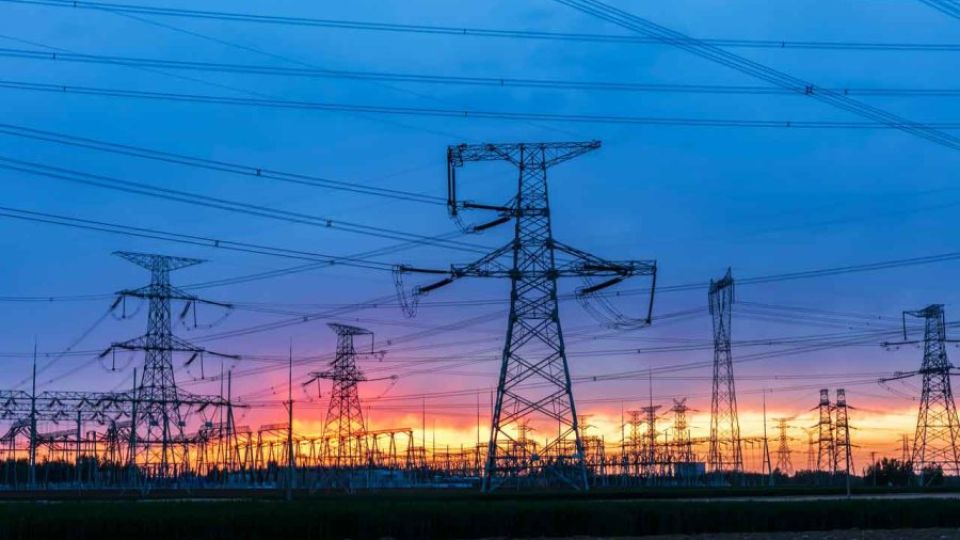February 17, 2025
SEOUL – Korean power grid companies are looking to make the most of the global surge in energy demand for artificial intelligence data centers as countries try to replace their decades-old power grids, despite the uncertainties of the second Trump administration’s tariff threats.
The US president’s recent announcement of a private sector investment of up to $500 billion to set up infrastructure for AI, which requires tremendous computing power, in America over the next four years presents even more opportunities for Korean companies. These companies have already been enjoying upbeat sales, with some turning in their best annual achievements in more than a decade in 2024.
LS Cable & System turned in record-high figures from last year with 6.77 trillion won ($4.69 billion) in revenue and 274.7 billion won in operating profit, up 8.8 percent and 18.2 percent on-year.
LS’ three subsidiaries — LS Marine Solution, LS Eco Energy and Gaon Cable — all logged their best sales years on the back of strong sales in global markets such as the US.
“In the case of the US, the time to replace old electricity power grids has come and, for Europe, the demand for renewable energy such as wind power is still strong,” said an LS Cable official, adding that this year’s outlook remains bright for its cable and electrical equipment businesses.
Similar to the LS firms, Taihan Cable & Solution posted 3.28 trillion won in revenue and 114.6 billion won in operating profit, up 15.4 percent and 43.6 percent on-year, respectively, as its annual revenue surpassed the 3 trillion won mark for the first time in 13 years.
Taihan attributed the outstanding achievement to its performance in the global markets, highlighting that the company secured orders worth 730 billion won in the US last year. Taihan, which also scored projects in Singapore, Sweden and the UK, secured 1.7 trillion won worth of new orders in the fourth quarter alone.
“(Countries) centered on the US and Europe where our company is doing well are expanding investments in electric power infrastructures,” said a Taihan official.
“We will continue the growing momentum of earnings by using overseas offices to pioneer new markets and diversifying our product portfolio.”
A 2020 study by the US Department of Commerce showed that the average age of in-service large power transformers was 38 years, which was already near or even past their designed life durability. Wood Mackenzie analyzed in April 2024 that only around 20 percent of transformer demand can be met by domestic supply in the US.
Korea’s transformer manufacturers — LS Electric, HD Hyundai Electric and Hyosung Heavy Industries — benefited from the surge in the demand for transformers in the US last year, and the trend is expected to continue in 2025.
All three of LS Electric, HD Hyundai Electric and Hyosung Heavy Industries delivered their best annual numbers in 2024. LS Electric logged 4.55 trillion won in revenue and 389.7 billion won in operating profit, up 7.6 percent and 27.6 percent on-year. HD Hyundai Electric recorded 3.32 trillion won in revenue and 669 billion won in operating profit, up 22.9 percent and 112.2 percent, respectively. Hyosung Heavy Industries earned 4.9 trillion won in revenue and 362.5 billion won in operating profit, up 13.8 percent and 40.6 percent on-year.
“The fallout of China’s DeepSeek has sparked the AI race and that will require more electricity in the US,” said an official at a transformer company.
“On top of that, once the EV growth speeds up again, the need for power and electricity transmission will increase.”
At the same time, the Korean government is trying to take advantage of the timing by working with private firms to boost power grid exports.
The Ministry of Trade, Industry and Energy held a kickoff meeting of an alliance for exporting Korean electrical wires and transformers overseas on February 4. A total of 15 state-run entities and private companies in the power grid and construction sectors attended the gathering.
“K-grid’s entrance into the global market is an important opportunity to upgrade the country’s electricity industry’s global status, going beyond just raking in more orders,” said Lee Ho-hyeon, deputy minister for energy policy at the Ministry of Trade, Industry and Energy.
“Through the Team Korea system, which is led by public firms with participation from private companies equipped with outstanding technologies, we will establish K-grid as a new model for energy cooperation following nuclear energy.”


